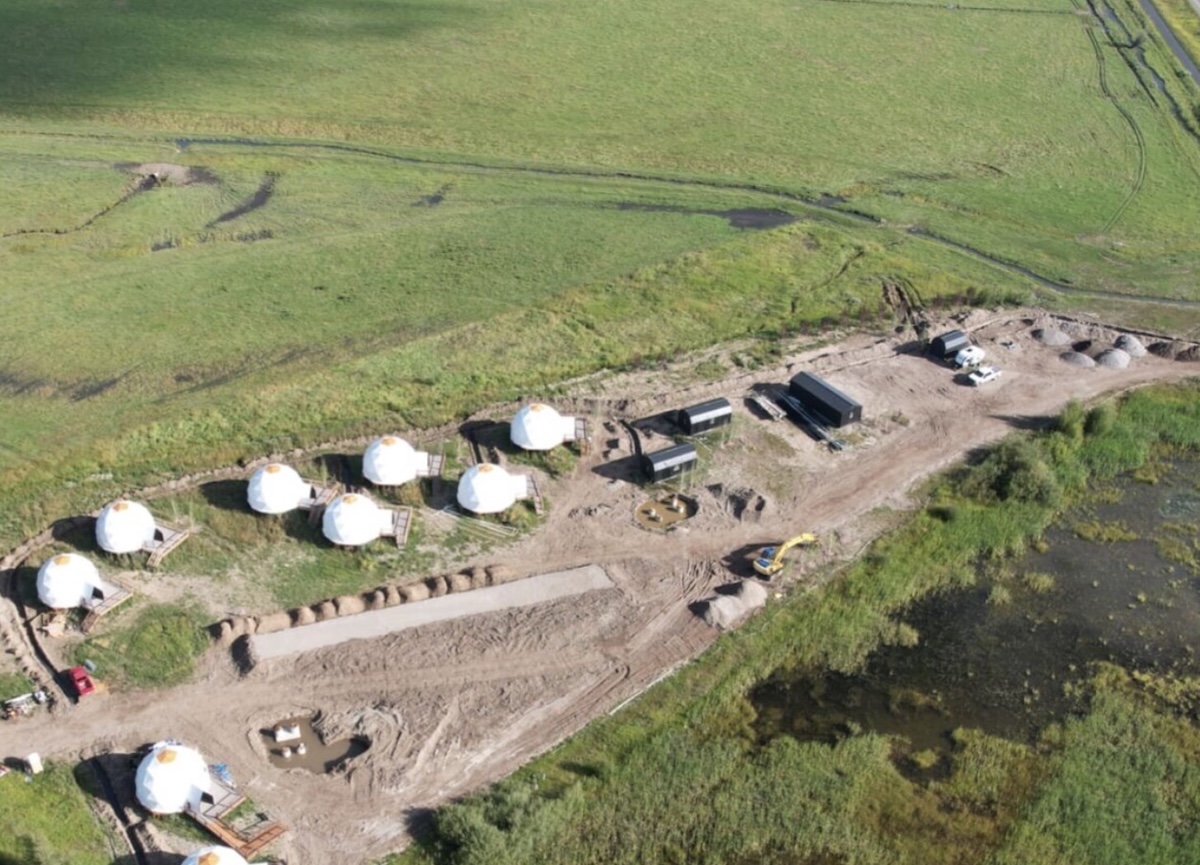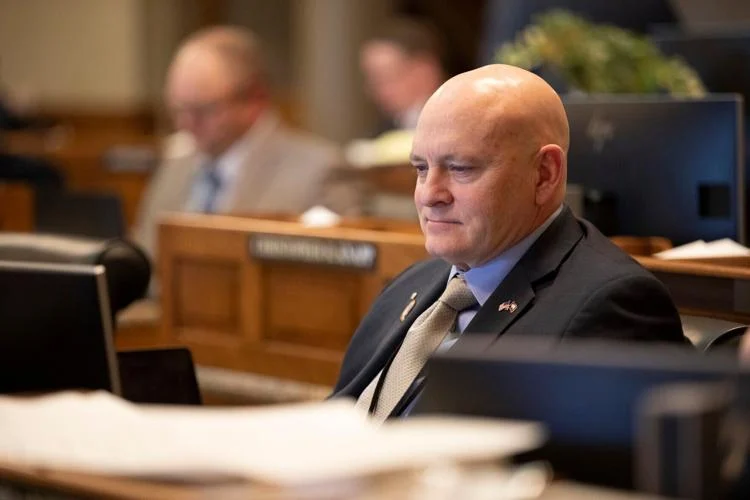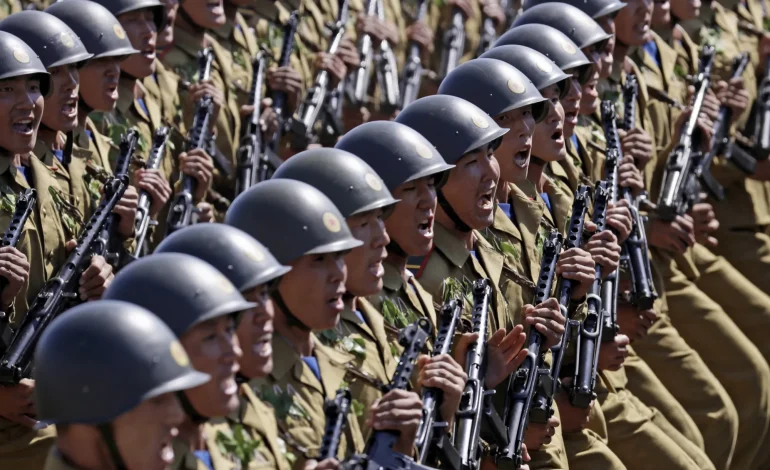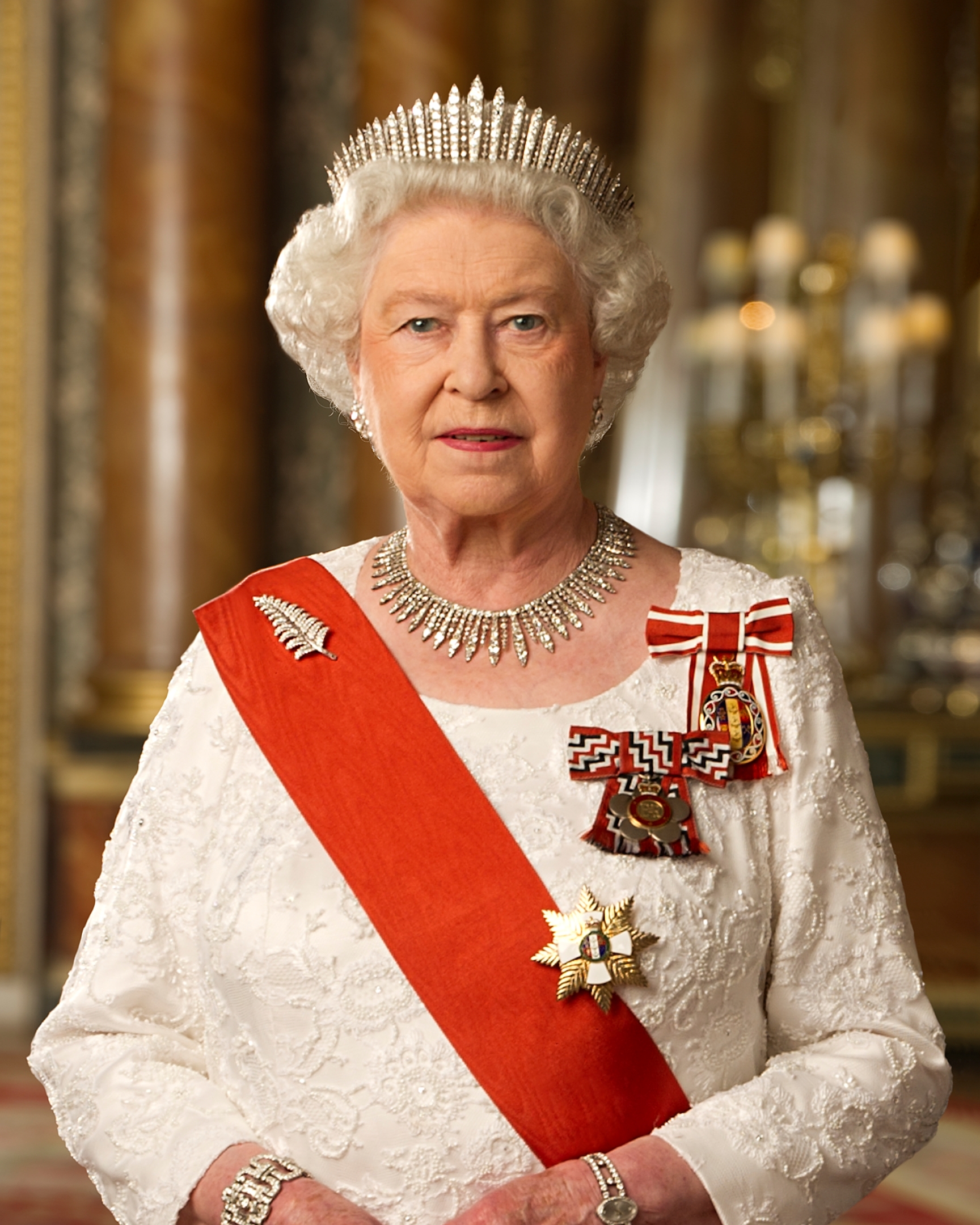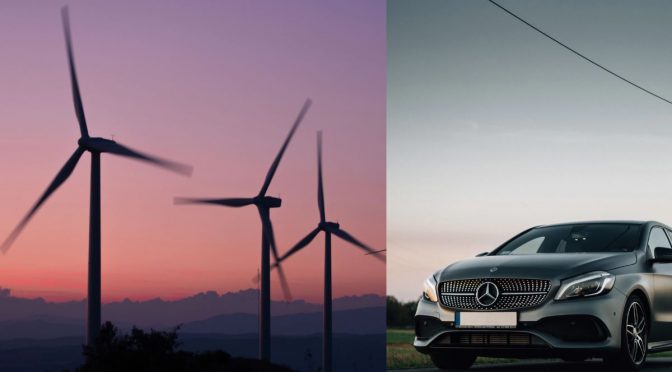The potential deployment of up to 10,000 North Korean troops to support Russia in the war in Ukraine has prompted urgent consultations among NATO and EU members, Bloomberg reports.
The news, revealed by high-ranking South Korean officials briefing the blocs in Brussels, has underscored the increasingly global nature of the conflict and the limited options available to Ukraine’s allies in response.
While US President Joe Biden has asserted that the US “has options,” the specific course of action remains a point of contention. Concerns over escalation loom large, with officials stressing the need to avoid pushing the conflict further towards a broader confrontation.
Limited Options and Concerns
Several options are being considered by allies, but each carries significant risks:
• Matching Escalation with Escalation: Deploying Western troops or bolstering Ukrainian air defenses through NATO allies stationed in bordering countries like Poland and Romania could escalate tensions further.
• Lifting Restrictions on Long-Range Strikes: Allowing Ukraine to strike targets inside Russia, previously considered a red line, could invite a retaliatory response from Moscow.
• Direct Military Aid to Ukraine: South Korea’s possible decision to send weapons directly to Ukraine, breaking its longstanding policy, would represent a significant shift and could potentially provoke Russia.
Constraints and Uncertainties
The limited options are compounded by existing sanctions on Russia and North Korea, and the dwindling stockpiles of weapons among allies.
The Way Forward
US and European officials are still grappling with the implications of North Korea’s involvement and the exact role the troops will play in Russia’s war effort.

